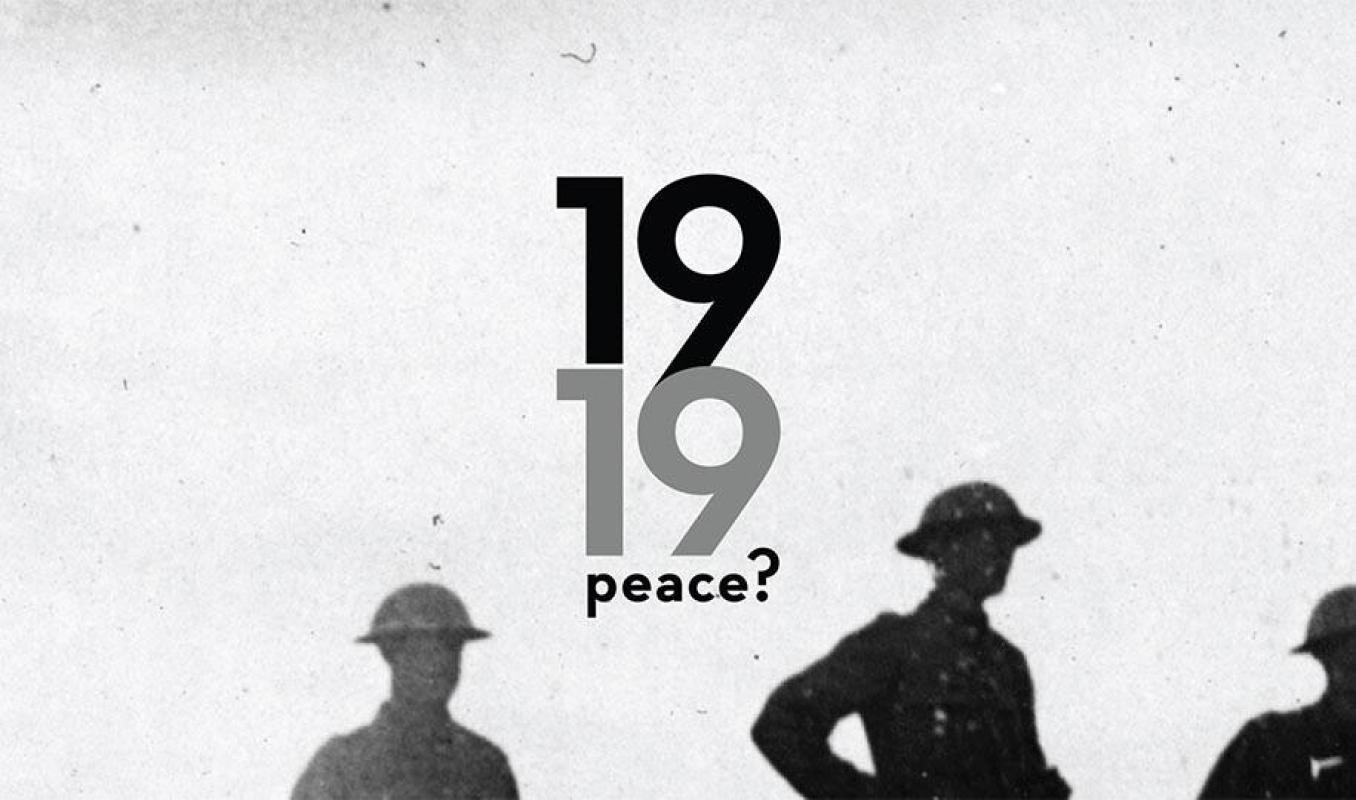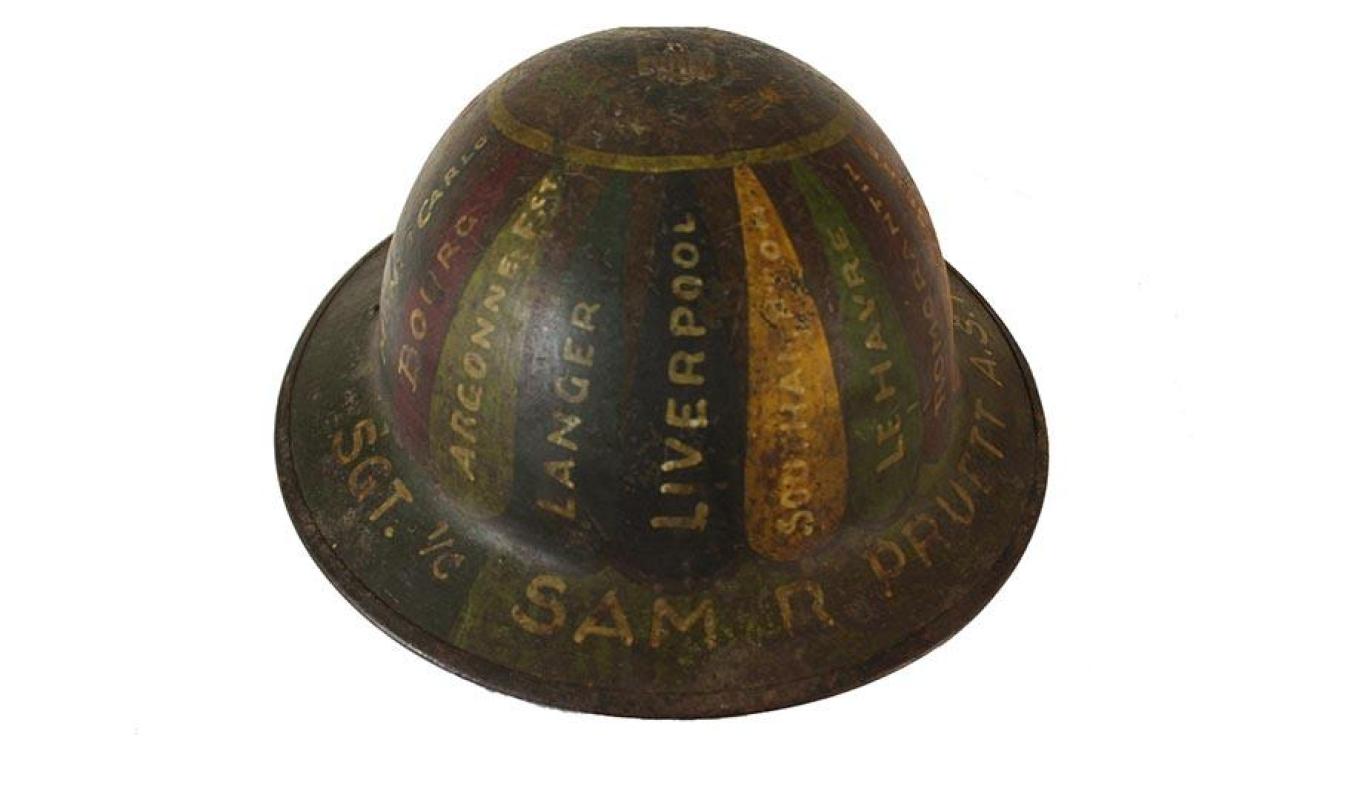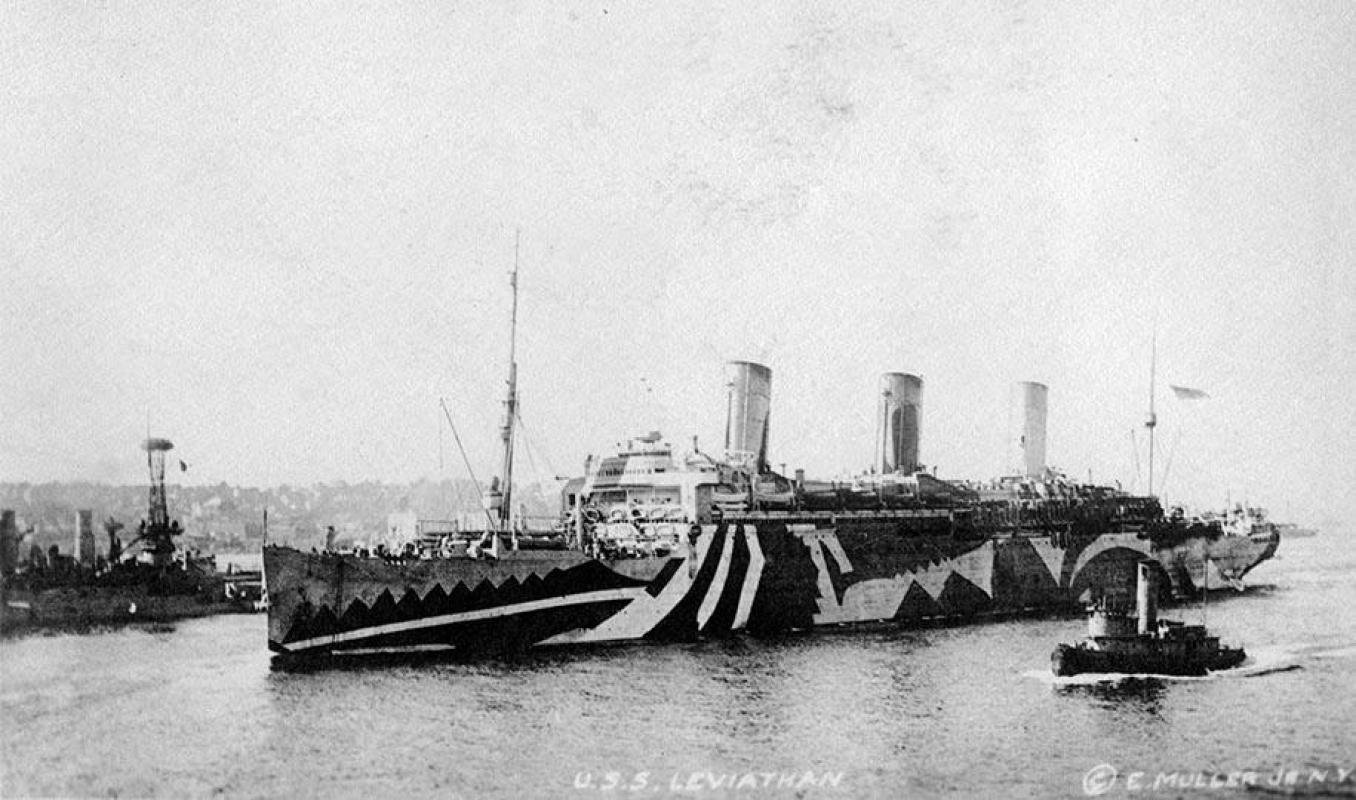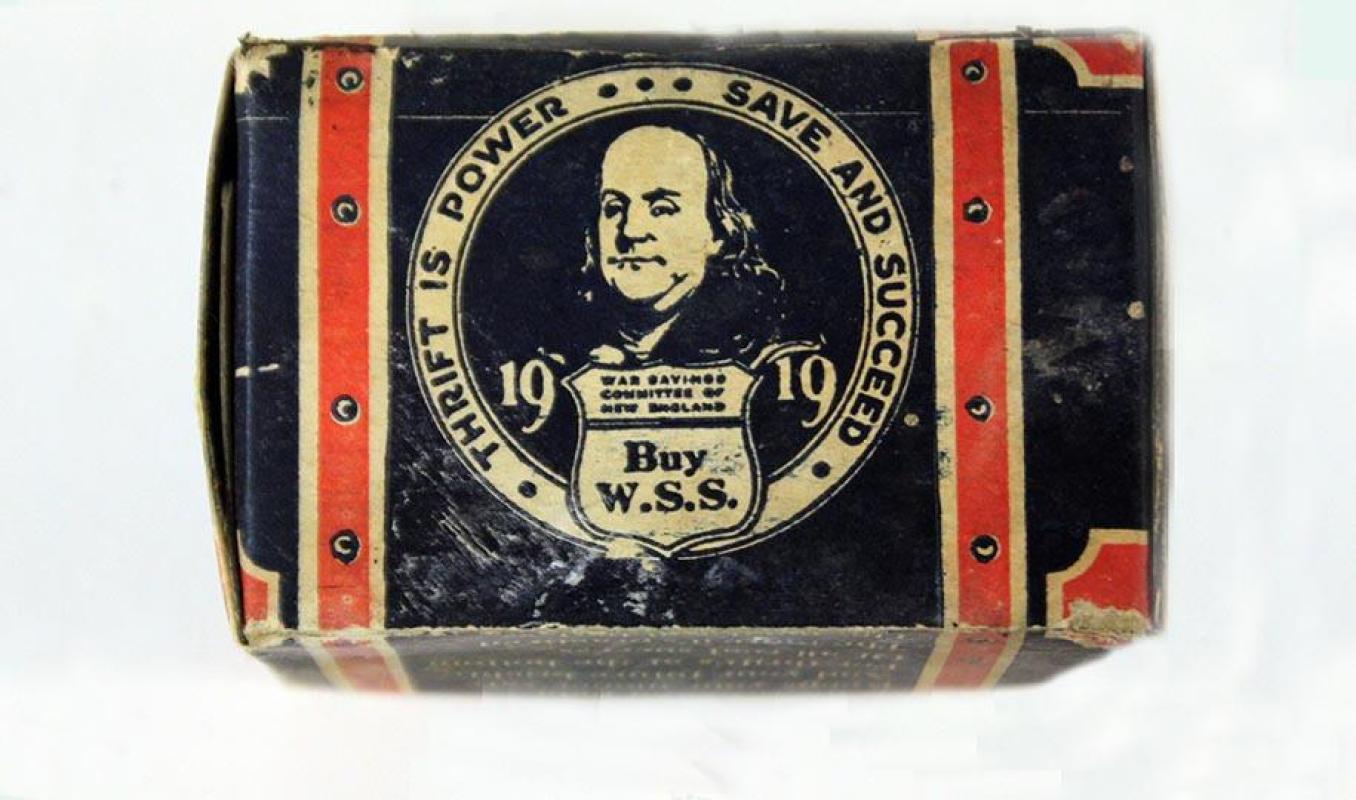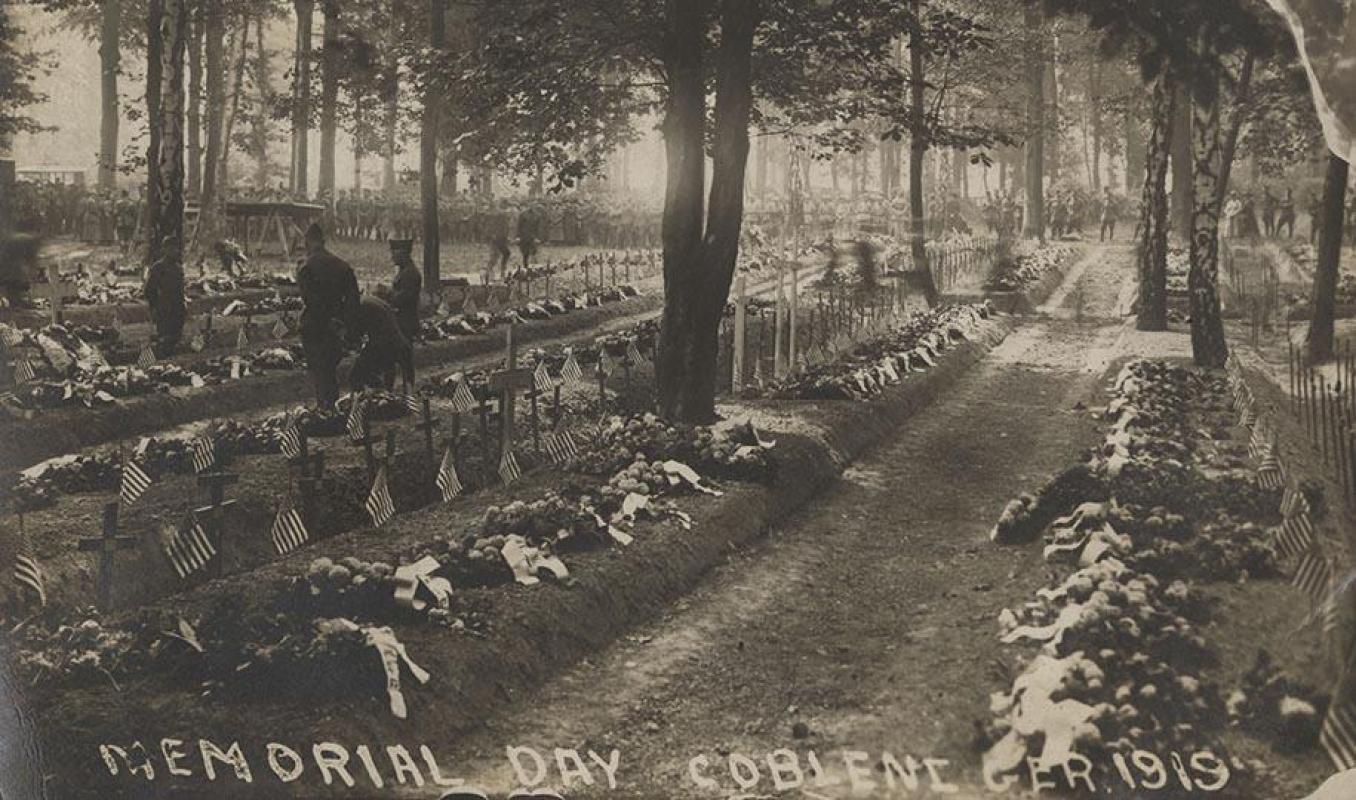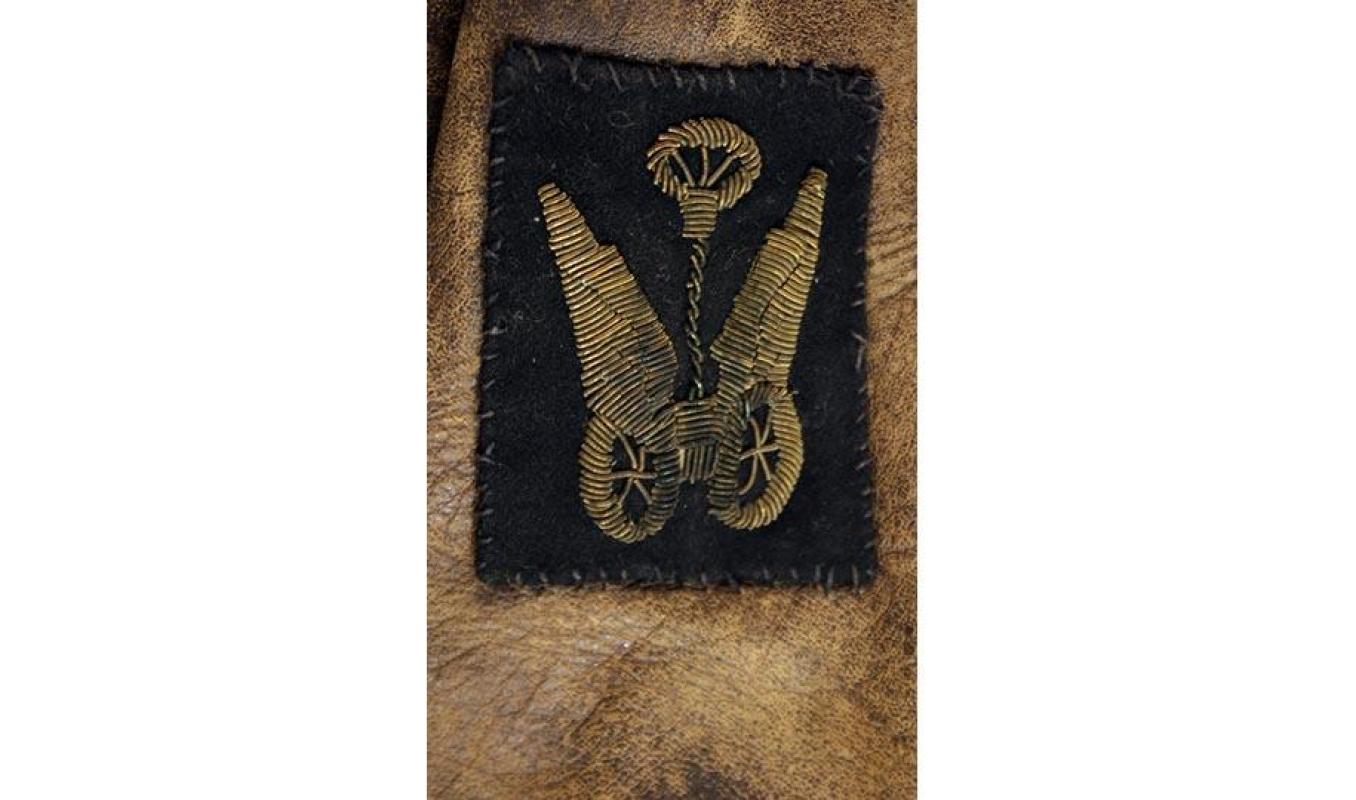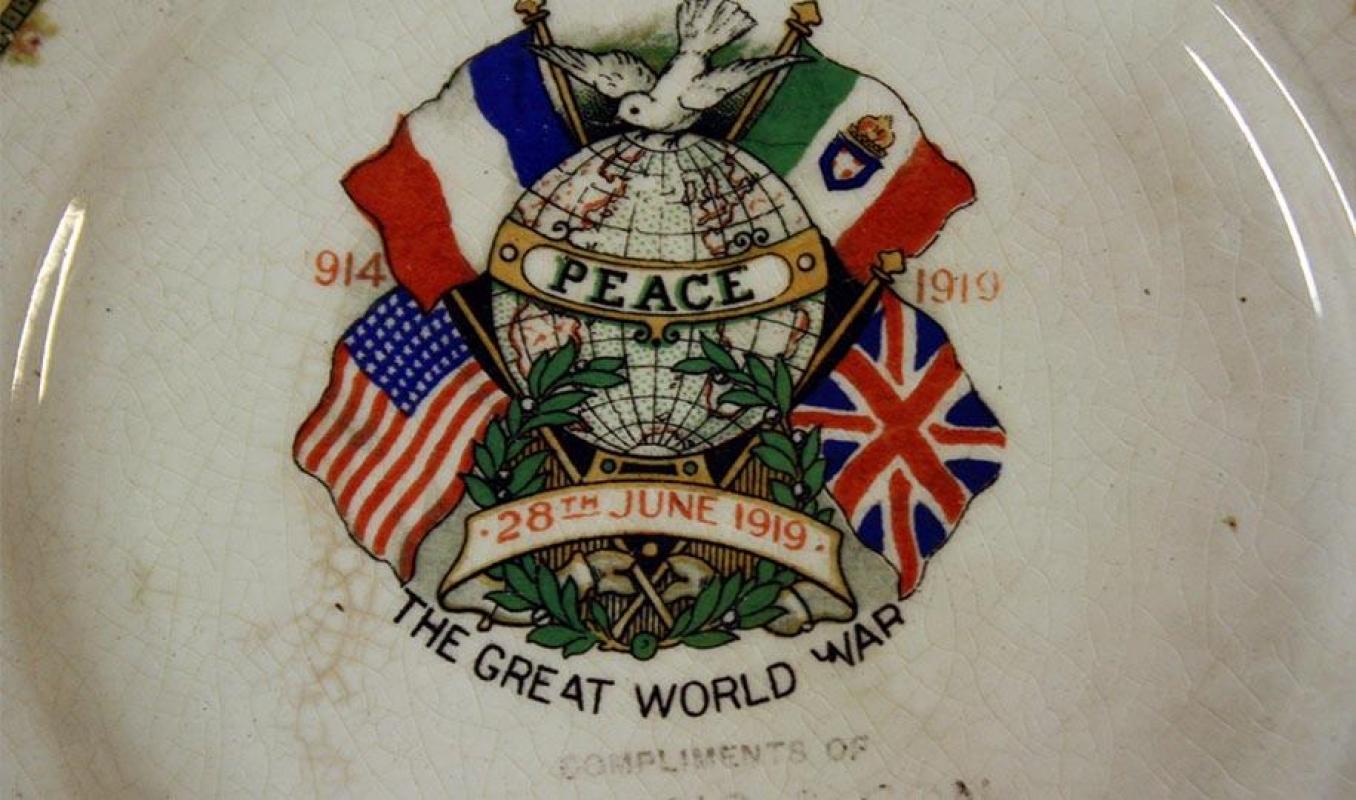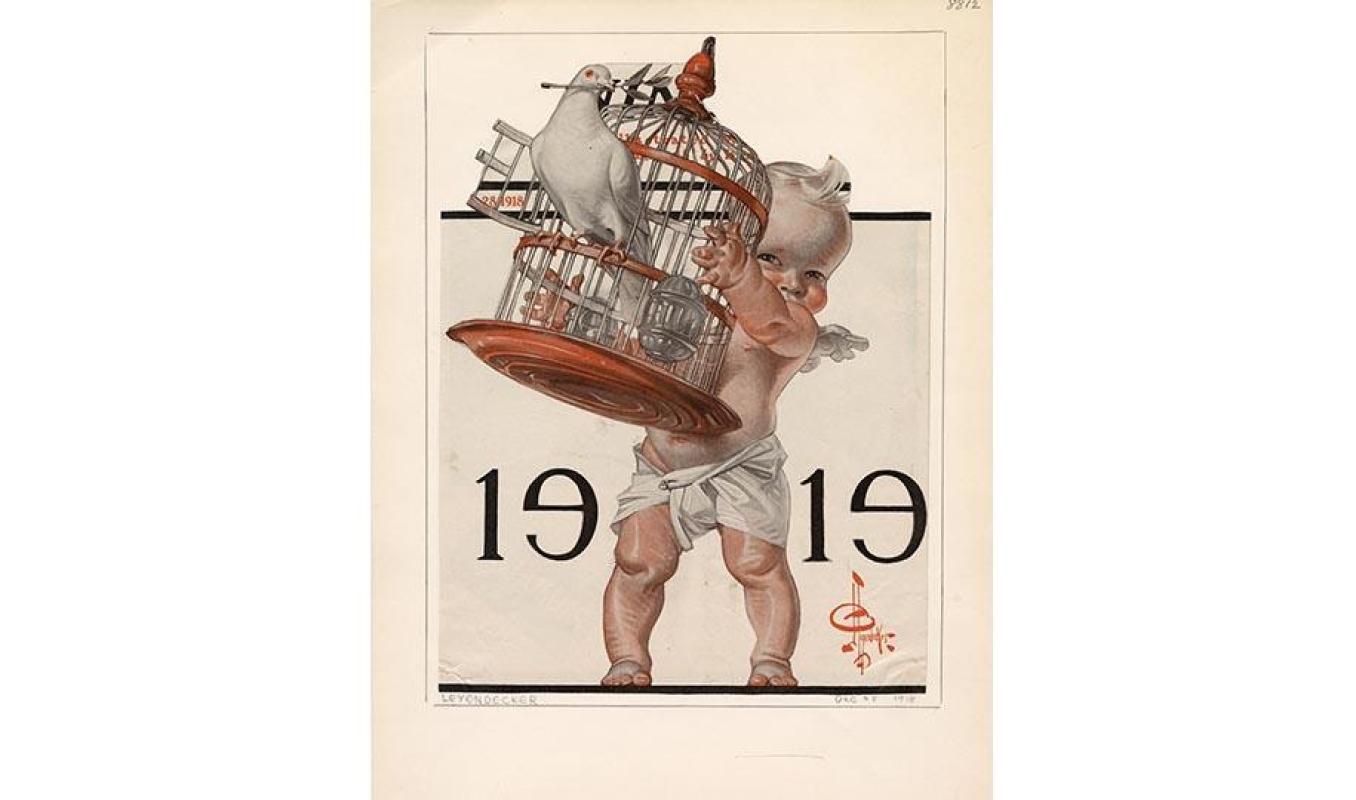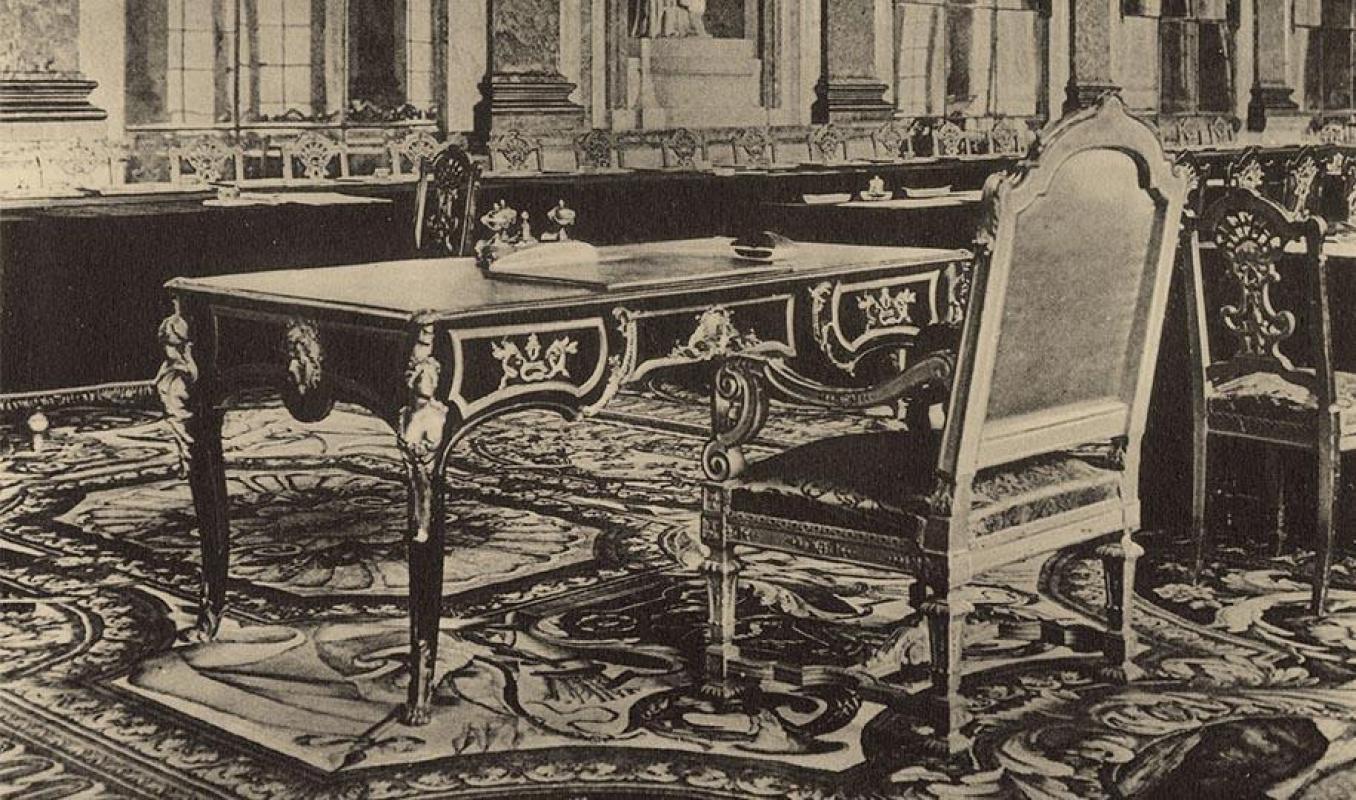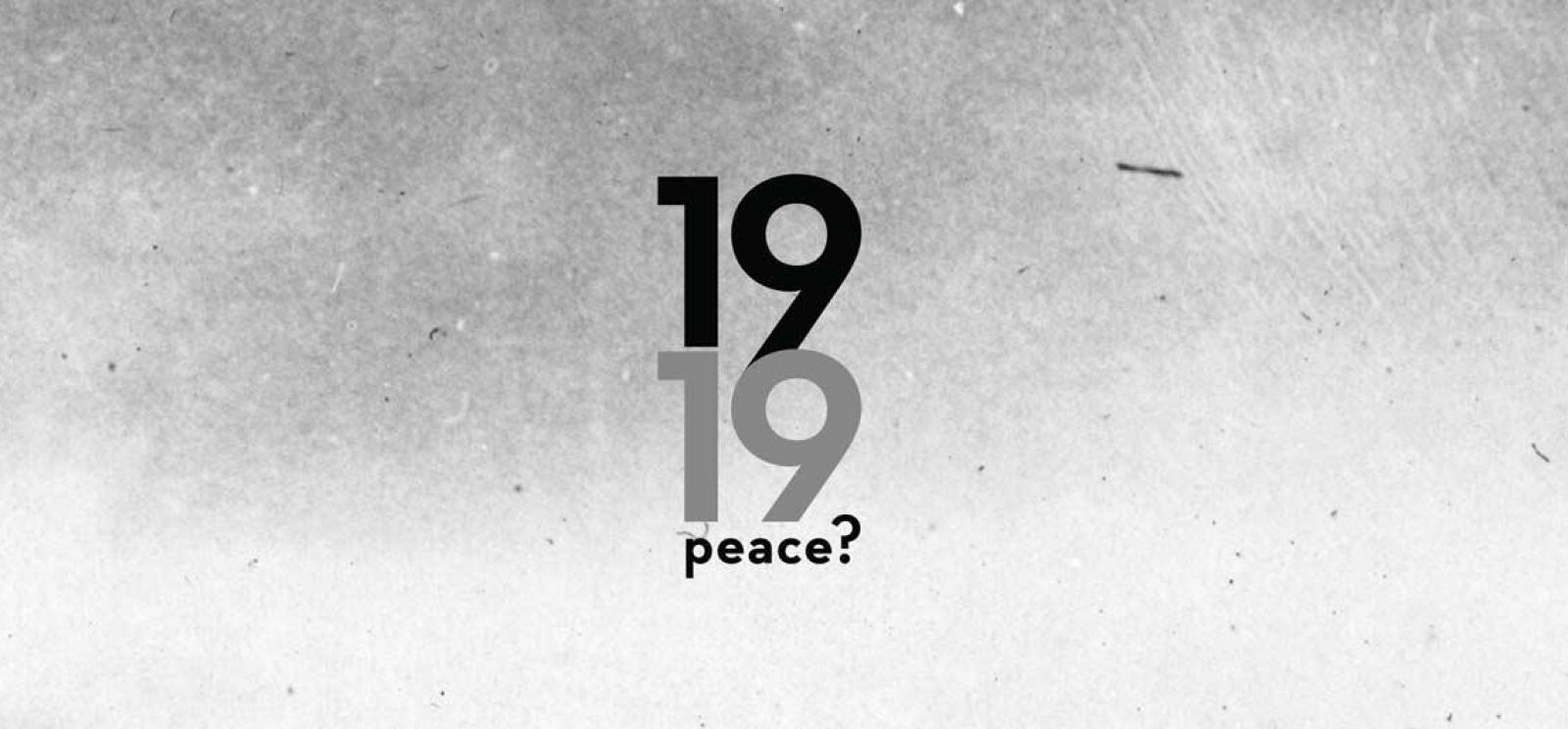
“Not only has the great conflict swept away kingdoms and empires, undone a whole code of civilization and destroyed innumerable forces of ethical and aesthetic value in every country, but it has loosened or torn asunder all those finer ties which bound the members of different countries in friendship and kindly intercourse with each other.”
— written statement in Feb. 1919 by Evelyn Bluecher, an Englishwoman married to a German who lived in Berlin during World War I.
The Armistice on Nov. 11, 1918 ended fighting on the Western Front, but the war—nor its lasting effects—did not end even with the signing of the Treaty of Paris at Versailles on June 28, 1919.
Men and women still lost their lives either directly from continuing hostilities or from lingering wounds and diseases. The influenza epidemic continued unabated until the summer of 1919. From the dark hostile woods of North Russia to the uneasy peace along the Rhine in occupied Germany, death and the threat of war reigniting continued.
Global volunteers’ efforts did not cease with the Treaty of Paris at Versailles. Although most fighting was over, relief efforts against famine, agricultural failures, destruction of environments and religious persecution continued. In large areas of Russia, torn by revolutions and civil war, famine and disease required a massive volunteer turnout, again led by Herbert Hoover. U.S. President Woodrow Wilson’s urgent appeals to Americans for help in the Near East grew.
Following the outpouring of joy for the Armistice and the triumphant return of the U.S. troops, many African American military veterans and civilians alike found that little had changed and that the fight for equality at home was still many years in the making.
For those world-wide who lost loved ones and comrades in arms, loss was still palpable. Remembrance and memorials could help soothe the pain but could not replace those far from home. For those war service survivors far from home for the first time in their lives, souvenirs provided concrete reminders of what they had seen.
Following World War I, the world of aristocrats and monarchs vaporized. Millions died. Empires collapsed. Russia struggled in civil war. Japan’s power in Asia and the Pacific grew. China fell into civil war. Germany wilted under harsh reparations. Arab nations seethed for independence. Under British rule, Jewish settlement expanded in Palestine. The U.S. assumed an uneasy mantle of world leader. The war transformed the world, but left a legacy of unresolved issues and conflict.
